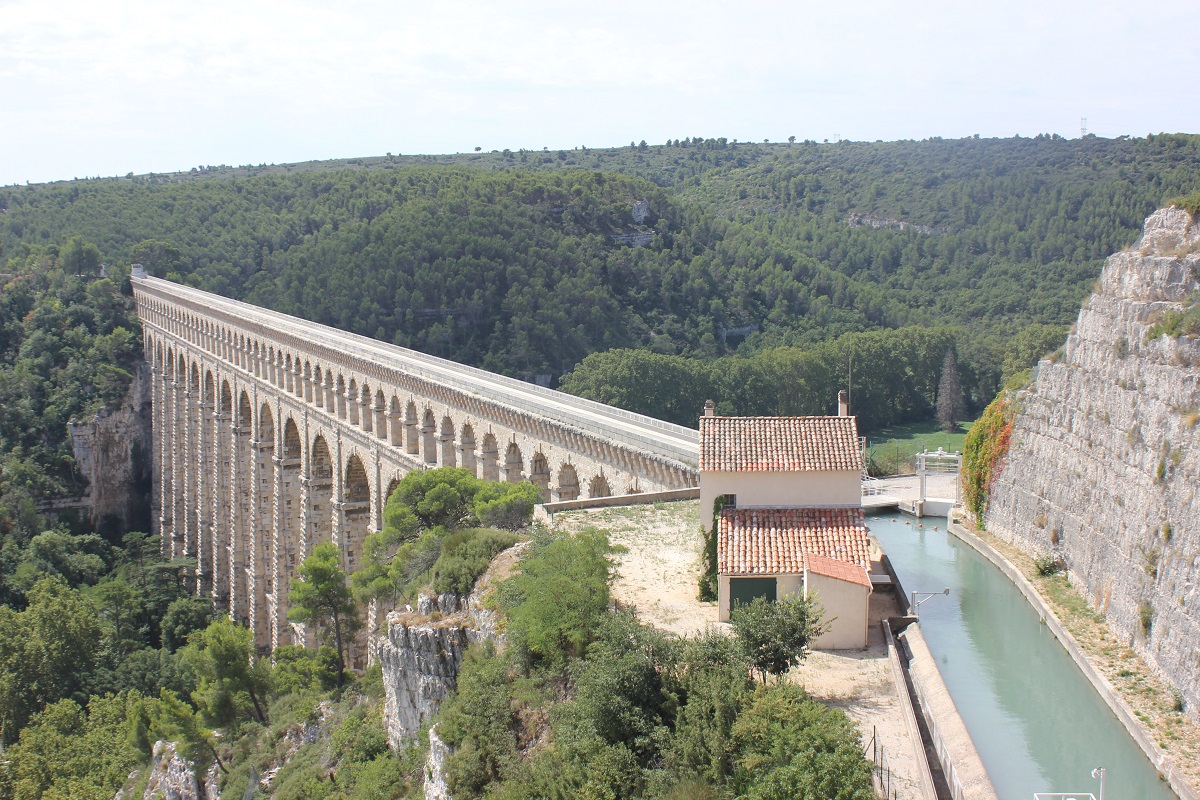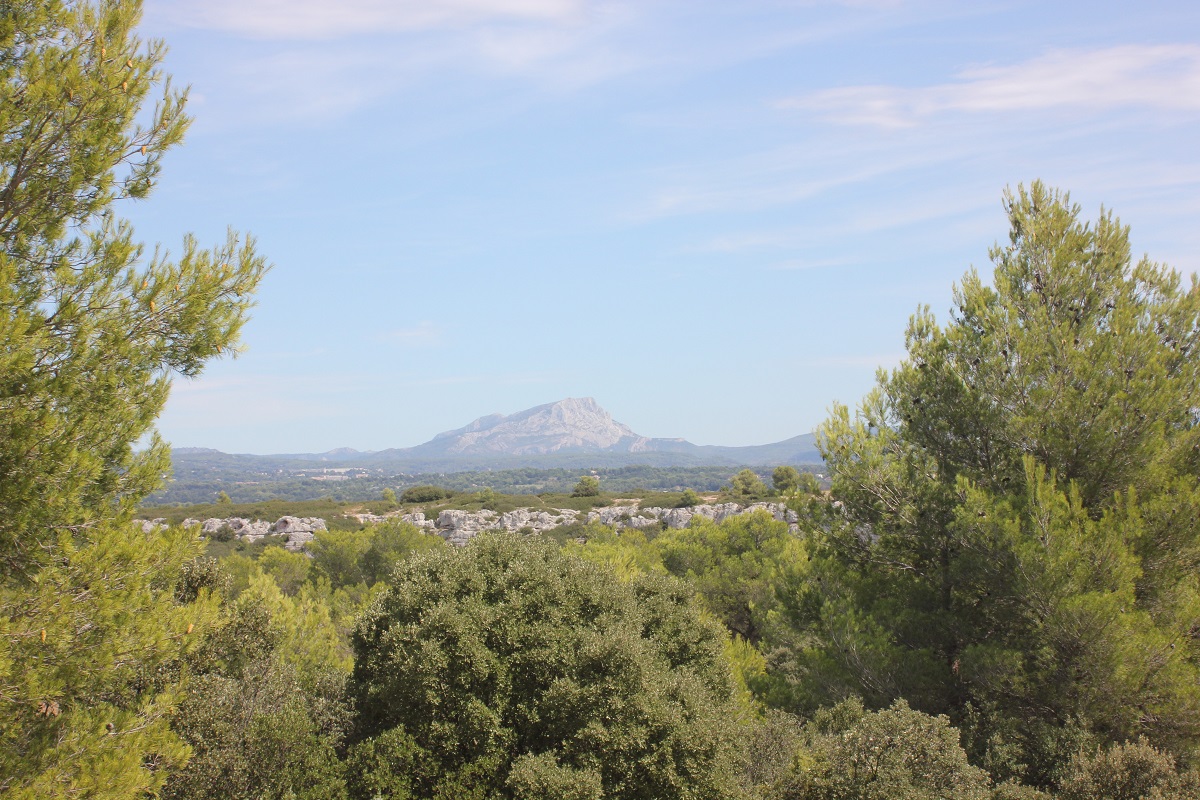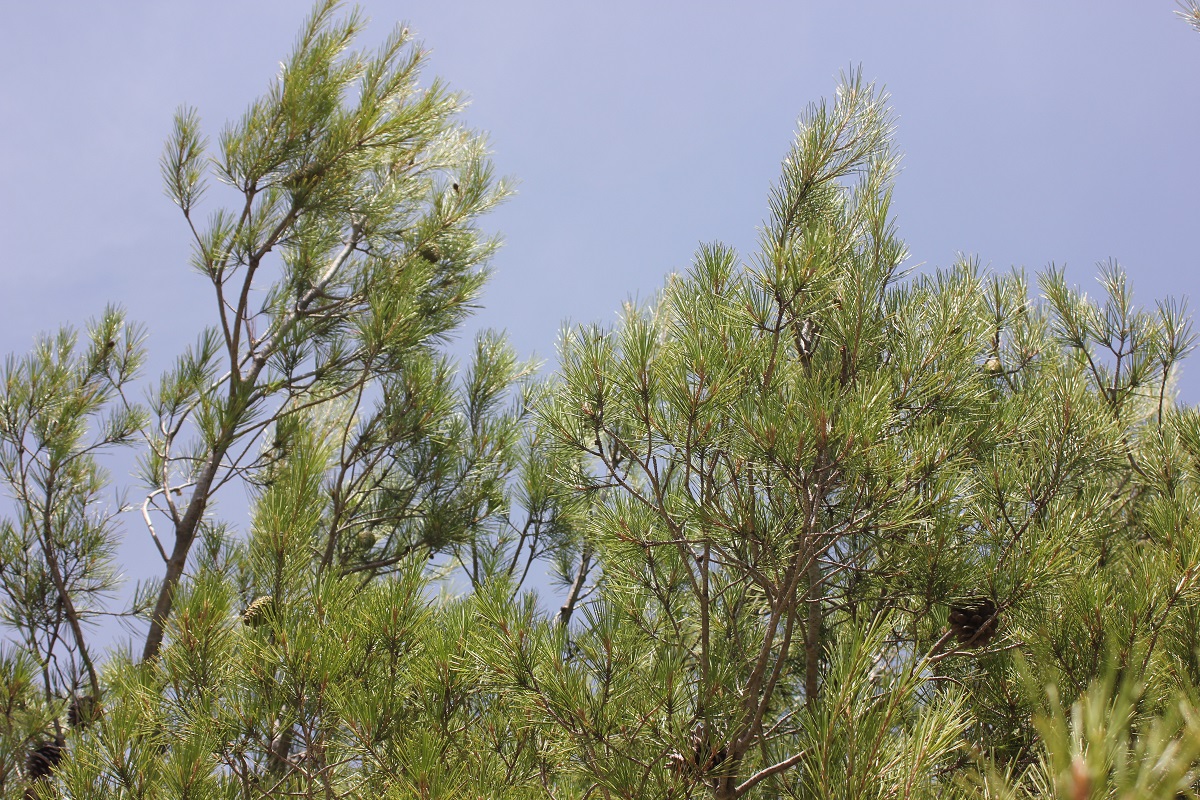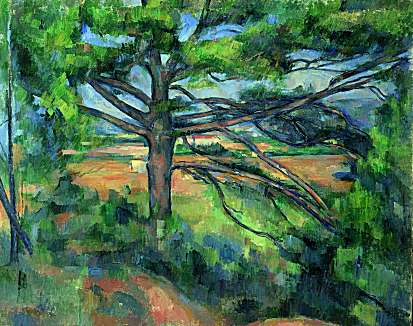15 keys to One Green Bottle: n° 4 – Cézanne

When Magali arrived in Sentabour, one of the first things she did was join the Hikers’ Association. There were three advantages to this: you got fit, you discovered the surrounding countryside and you met other people. Not all the people you met were the sort you’d want to go on holiday with – nor even, to be honest, for a hike – but Antoine Pessini, the association treasurer, was an exception.
It was on their second walk, discussing their lives on the way to the Roquefavour Aqueduct, that Magali said she’d been married to Xavier Borelly, and Antoine replied, ‘Really? The cosmetic surgeon? He operated on my wife.’
The coincidence wasn’t extraordinary, given that if, like Anne Pessini, you resented the folds of flesh in your neck, you were likely to call on Xavier. But it set the two of them chatting so much that when they got back to Sentabour, they could hardly remember the view they’d trudged all that way to admire.
‘But then we don’t need to,’ she said. ‘We’ve got Cézanne.’
‘Well, reproductions,’ he reminded her. ‘Besides, he was more into viaducts.’
She wondered if, for all his charm, he might not be a little bit pedantic.

I first became acquainted with, and blown away by, the work of Cézanne at a retrospective in Paris back in the 70s. There was a whole room devoted to his paintings of the Sainte Victoire, which so fascinated him. Looking at them, I understood why Picasso said of him, ‘He is the father of us all.’
Many years later, we came to live at the right hand edge of the picture at the top of this post. So obviously, Cézanne couldn’t not feature in One Green Bottle – he’s part of Magali’s struggle to find an identity, a life.
Could a new artistic direction count? In her studio – no longer ‘the garage’ – Magali had dozens of scenes from Enzo’s house, copied from her computer but jumbled up and distorted, transferred to the canvas with the crazy logic of a dream. Gone were Matisse’s apples and Cézanne’s pines – she now had a style of her own and a subject matter to go with it. She said to herself that by doing this she might stumble across a clue. Perhaps there was a multitude of clues scattered around the house, objects that might have been touched or moved that evening, or referred to during the brief conversation before the killer struck. But if she was painting evidence, she didn’t see it, and to Charlotte the pictures could only appear as a callous exploitation of the murder.



This series of keys to One Green Bottle provides background information about the process of writing it.